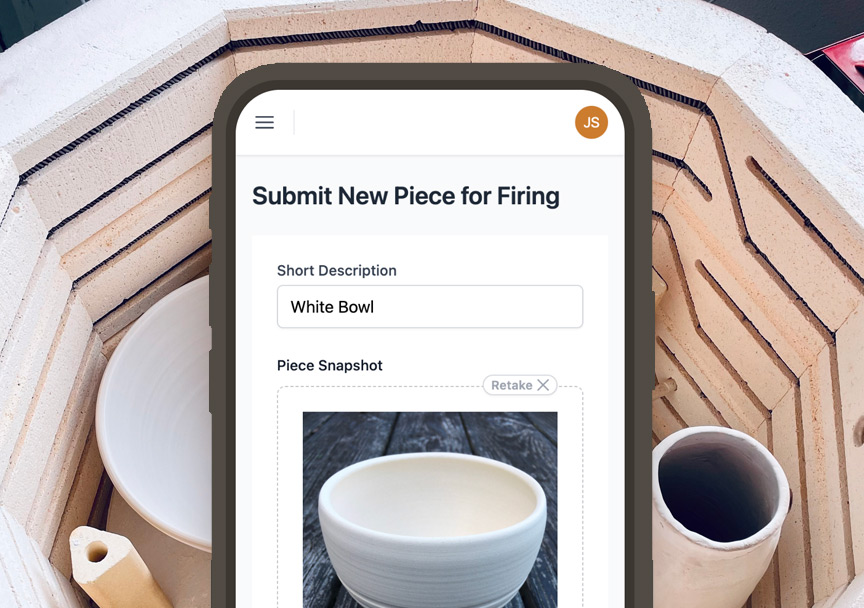If you're a pottery instructor, you likely have a pulse on the pulse of the pottery community. You might have noticed that many pottery enthusiasts find the most joy in hand building techniques. As hands dive into clay, shaping, and molding, it's a delightfully tactile way of bringing visions to life. In this blog post, we'll take you on a journey through integrating these methods into your pottery classes.
Mastering the Basics: Handbuilding Techniques
Before we dive headfirst into the whirl of the pottery wheel, we need to take a step back and focus on the fundamentals. Let's start with Texture Exploration. In these initial lessons, students will learn how to manipulate clay to create a variety of textures and patterns. Encourage them to play around with different tools – even everyday household items can make an imprint on the clay and create unique designs.
Once students understand that, we venture into the world of Slab Construction. The process can be intricate and requires a good measure of patience. Students will learn to roll out clay into flat pieces, or slabs, and join them to construct three-dimensional shapes. Remember to tell them, perfection comes with time, so keep practicing!
Enriching Experiences: Creative Handbuilding Projects
When we engage students with creative clay projects, they have a dynamic platform to polish their skills, particularly in hand building. In your class, consider introducing assignments that fuse these techniques with texture exploration and elements from various cultures, creating a well-rounded learning experience.
For instance, a project could involve creating textured tiles using hand building techniques like slab construction, coil building, and pinching. Encourage creativity and individuality as students use different tools and even their fingers to create unique patterns and textures.
For a cross-cultural perspective, students can study pottery styles from different cultures and use hand building techniques to reproduce these styles. This allows them to play with elements like pattern, form, and design. By the end of these projects, they'll not only have honed their technical skills, but they'll also gain a broader understanding of the diverse applications of handbuilding techniques in pottery, helping them to develop their unique artistic voice.
Consistent Growth: Evaluation and Improvement
An essential aspect of teaching pottery involves regular assessment and enhancement of your students' skills. You can achieve this through effective feedback mechanisms and continual improvement strategies.
Feedback Mechanisms: Provide constructive feedback consistently. This could be verbal comments, written evaluations, or even video demonstrations for a clear understanding.
Peer Reviews: Encourage students to critique each other's work. It promotes teamwork and helps them recognize their own areas for improvement.
Improvement Strategies: After identifying areas needing enhancement, strategize on improvement methods. This might mean additional practice, one-on-one sessions, or introducing advanced techniques.
The pottery mastery journey is paved with consistent practice and learning from mistakes. Keep the process fun and interactive, sparking your students' creativity.
Get started
The journey of integrating these techniques into a ceramics course curriculum is just the beginning. While it's understood that perfection takes time, every creation is a step toward mastery. In time, the pottery studio evolves into a vibrant hub of creativity and growth as handbuilding techniques become an integral part of the curriculum.


